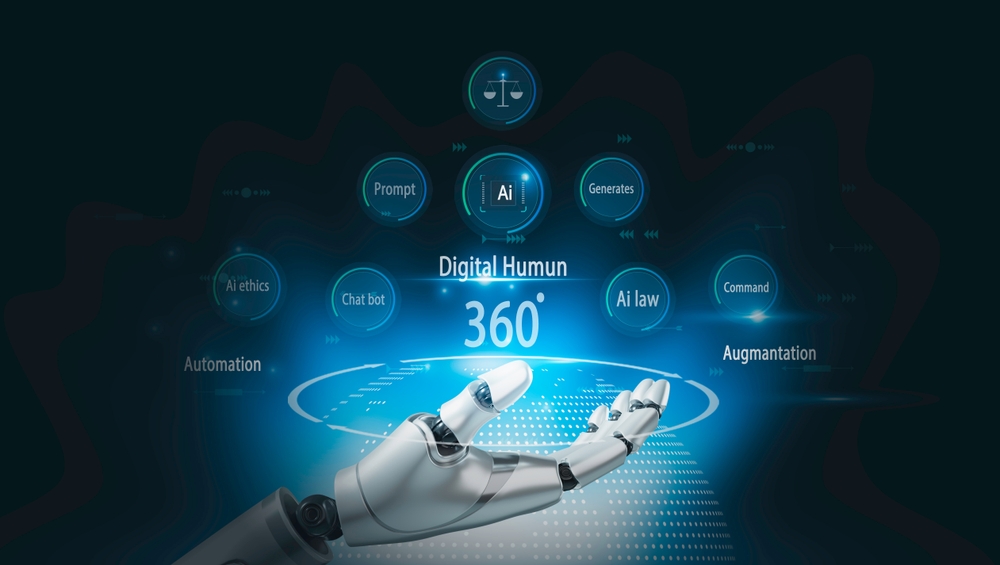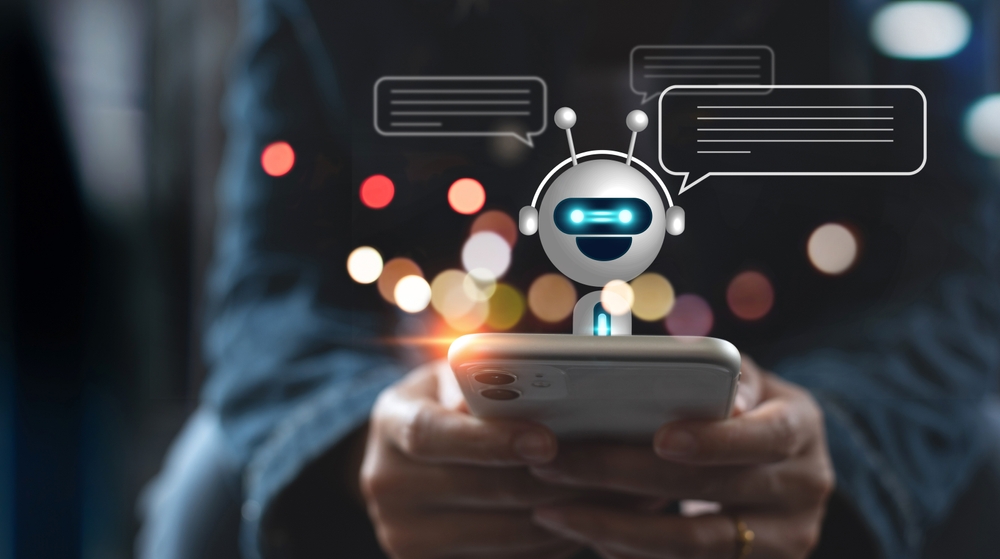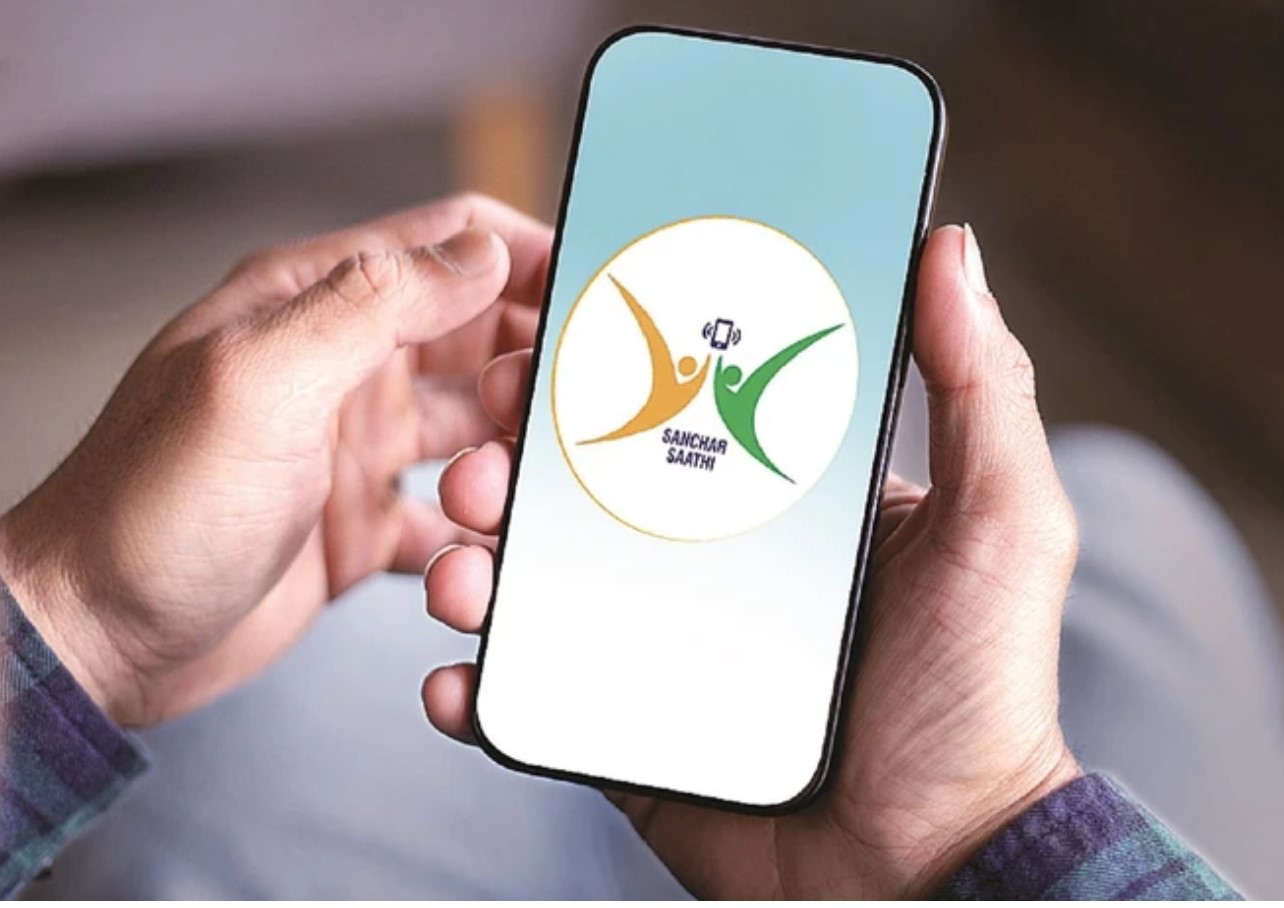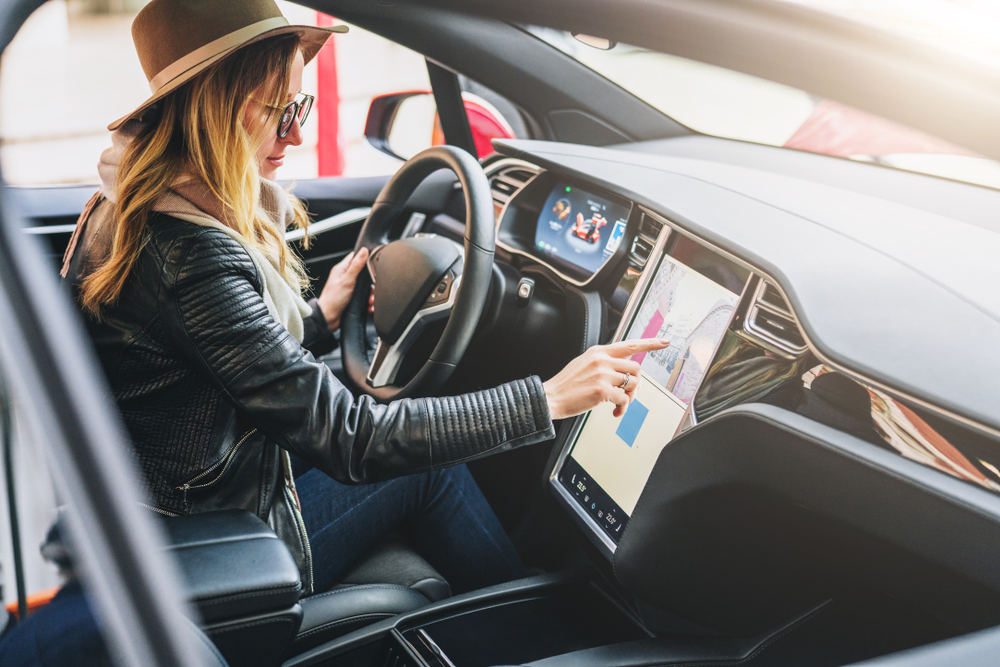AI chatbots have come a long way from their early days as basic customer service tools. While chatbots still excel at handling customer inquiries and support tickets, their capabilities have expanded dramatically in recent years to enhance overall customer experience. Today’s AI-powered chatbots are being deployed across industries to drive personalization, boost productivity, and enable entirely new ways of interacting with technology, ultimately transforming how businesses engage with customers.
The Evolution of AI Chatbots

Early chatbots were rules-based systems that could only handle simple, predefined conversations. Modern AI chatbots leverage natural language processing and machine learning to engage in more natural, contextual dialogues. They can understand intent, remember context from earlier messages, and even detect emotion and sentiment.
As chatbot technology has matured, businesses are finding innovative applications beyond just answering FAQs or routing support tickets. AI chatbots are now being used for lead generation, product recommendations, employee aid, therapy and mental health support, language learning, and much more.
AI Chatbots for Personalized Interactions
One of the most powerful capabilities of AI chatbots is their ability to deliver highly personalized experiences at scale. By analyzing user data and conversation history, chatbots can tailor their responses and recommendations to each individual user.
Here are some of the key ways AI chatbots are making personalization possible:
- Customized product recommendations: E-commerce chatbots can analyze a user’s browsing history, past purchases, and stated preferences to suggest relevant products.
- Personalized content curation: News and media chatbots can learn a user’s interests over time to surface the most relevant articles and content.
- Adaptive language learning: Language learning chatbots adjust their vocabulary and difficulty based on the user’s proficiency level.
- Tailored financial advice: Banking chatbots can offer personalized financial guidance based on a user’s spending habits, income, and financial goals.
- Customized travel planning: Travel chatbots can recommend itineraries and activities based on a user’s preferences, budget, and past trips.
By using AI and machine learning, chatbots can create uniquely tailored experiences for each user that improve over time. This level of personalization was simply not possible with traditional customer service channels.
Real-World Examples of AI Chatbot Success
Many companies are already seeing meaningful results from deploying AI chatbots in innovative ways:
- Sephora’s Kik Bot
Beauty retailer Sephora launched a chatbot on the Kik messaging platform to provide personalized makeup tips and product recommendations. The bot asks users questions about their makeup preferences and skin type, then suggests relevant tutorials and products. It can even virtually apply different shades of lipstick to a user’s photo. The chatbot has driven higher conversion rates and increased customer engagement for Sephora.
- Replika AI Companion
Replika is an AI chatbot that acts as a personal companion and confidant. Users can have open-ended conversations with their Replika about their day, their feelings, or any topic. The chatbot uses machine learning to develop its own personality and build a relationship with the user over time. Replika has over ten million users and has been particularly popular for providing emotional support and combating loneliness.
- Duolingo’s Language Tutors
Language learning app Duolingo uses AI chatbots to simulate conversations in the language a user is learning. The chatbots adapt to the user’s proficiency level and provide instant feedback on grammar and vocabulary. This allows users to practice conversational skills in a low-pressure environment. Duolingo reports that users who practice with the AI chatbots show faster progress in language acquisition.
- Bank of America’s Erica
Bank of America’s AI-powered virtual financial assistant, Erica, goes beyond simple account inquiries. Erica can analyze a customer’s spending habits and proactively offer personalized financial guidance. For example, Erica may alert a user that their spending in a certain category has increased and offer budgeting tips. The chatbot managed over one billion client interactions in its first three years.
- Domino’s Pizza – Dom the Pizza Bot
Domino’s introduced Dom, an AI-powered chatbot that allows customers to order pizza through various platforms, including Facebook Messenger and Amazon Alexa. Dom can process natural language orders, remember customer preferences, and even crack jokes. The chatbot has significantly improved order accuracy and customer engagement, contributing to increased sales and customer satisfaction.
- H&M – Fashion Advisor Chatbot
H&M’s chatbot on Kik offers personalized style advice and outfit recommendations. By asking users questions about their style preferences and analyzing their responses, the chatbot creates a unique style profile for each user. It then suggests outfits and allows users to buy items directly through the chat interface. This personalized approach has enhanced the shopping experience and boosted customer engagement.
- HealthTap – Dr. AI
HealthTap’s Dr. AI chatbot provides personalized health information and triage services. By analyzing user-provided symptoms and medical history, Dr. AI can offer preliminary diagnoses, suggest treatment options, and determine if a user needs to see a doctor. The chatbot has successfully managed millions of health queries, improving access to basic medical information and reducing unnecessary doctor visits.
As these examples demonstrate, AI chatbots are no longer limited to simple customer service tasks. They are evolving into sophisticated tools capable of providing personalized experiences, emotional support, and expert advice across various industries. The success of these chatbots highlights the potential of AI to transform user interactions and business operations.
The Future of AI Chatbots
As natural language processing and machine learning technologies continue to advance, the capabilities of AI chatbots will only grow. We can expect to see chatbots taking on more complex tasks, engaging in more natural conversations, and integrating with other AI and IoT systems.
Some potential future applications include AI teaching assistants that can tutor students, legal chatbots that can offer basic legal advice, and AI life coaches that offer personalized guidance across all areas of life. The key will be finding the right balance between automation and human interaction.
While chatbots may never fully replace human-to-human communication, they are enabling new forms of personalized, on-demand assistance that significantly improve customer experiences. As technology matures, AI chatbots will become an increasingly integral part of how we interact with businesses, access information, and engage with technology itself.
Looking ahead, the continued advancement of AI technologies promises even more innovative applications for chatbots. From virtual personal assistants seamlessly integrating with our daily lives to AI-driven decision support systems in complex professional fields, the future of chatbots extends far beyond customer service, offering exciting possibilities for transforming customer experiences and expanding human capabilities.










